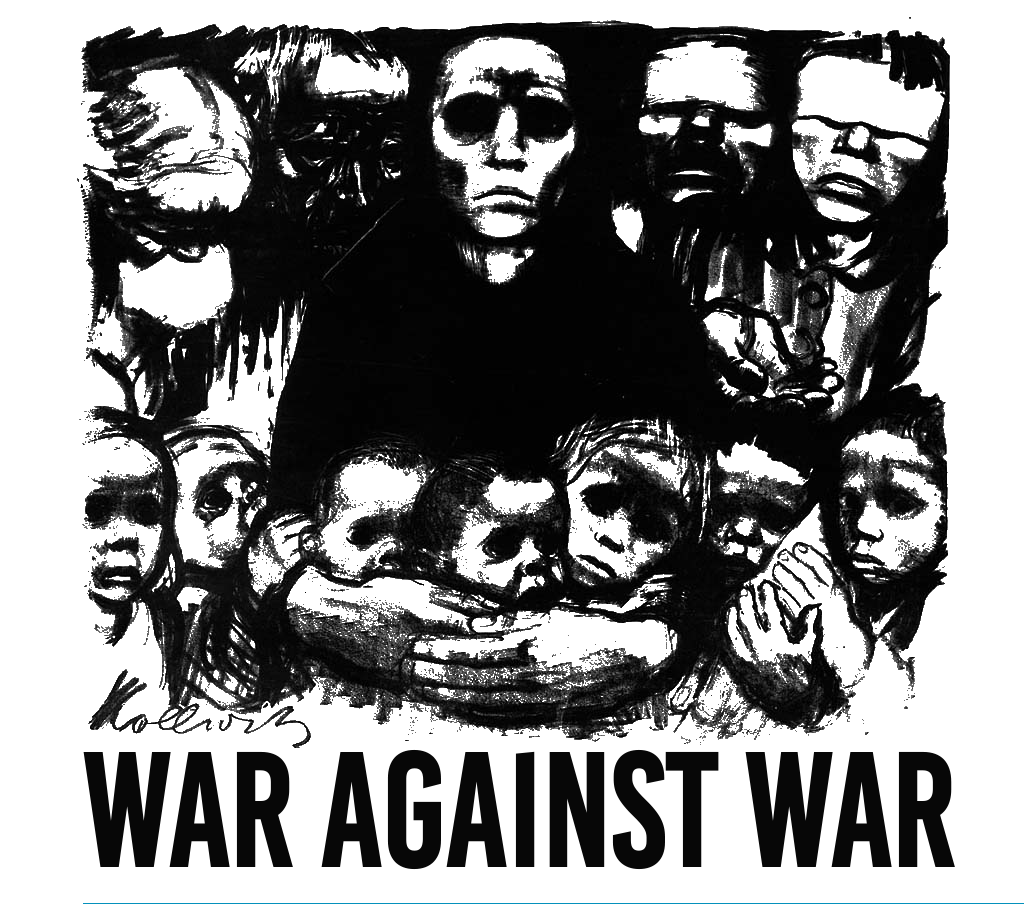In this article, we examine how changes in the status of women affect the intensity of terrorism by using three novel approaches. First, we link terrorist ideology more directly to women’s status using a well-tread topic in feminist literature that is rarely applied to political violence: misogyny. Second, we provide more explicit linkages to misogyny by disaggregating terrorist ideology into four typologies (ethnonationalist, religious, right-wing, and left-wing), arguing that the first three have strong themes of masculinity and patriarchy; ideologies when taken to their extremes distill into misogyny. Finally, previous efforts to study gender equality frequently suffer from imprecise theory and concept stretching. We sidestep this issue by instead focusing on women’s status and employ a new series of measures that broaden our understanding of women’s status from a rights-based approach to one that includes women’s security, inclusion, and legal rights. We do this by disaggregating 634 terrorist organizations to determine whether the level of specific women’s status indicators affects the frequency of violence from specific terrorist ideologies. We test this on a sample of 185 countries from 1970 to 2014 and find that increases in women’s security provoke violence from ethnonationalist and religious groups while increases in women’s legal rights incite violence from right-wing groups.
This was originally published on SAGE Publications Ltd: Journal of Peace Research: Table of Contents.
